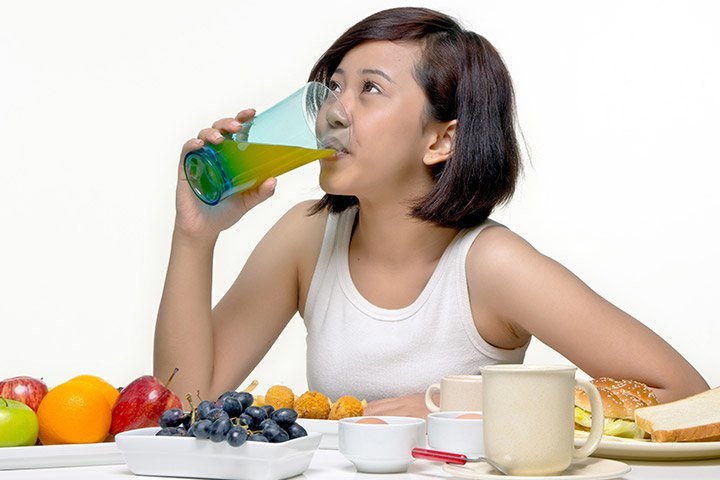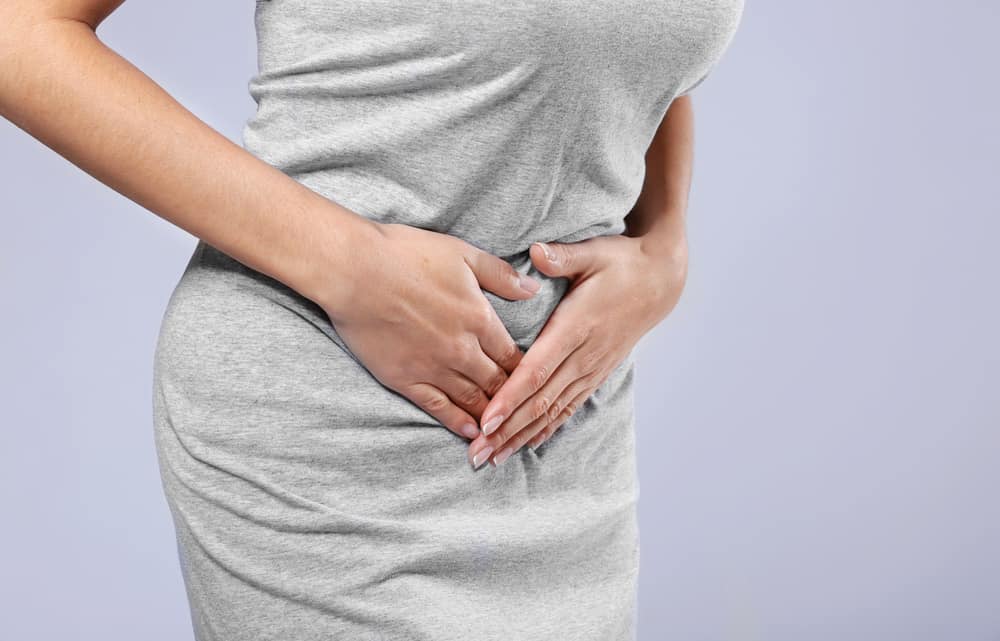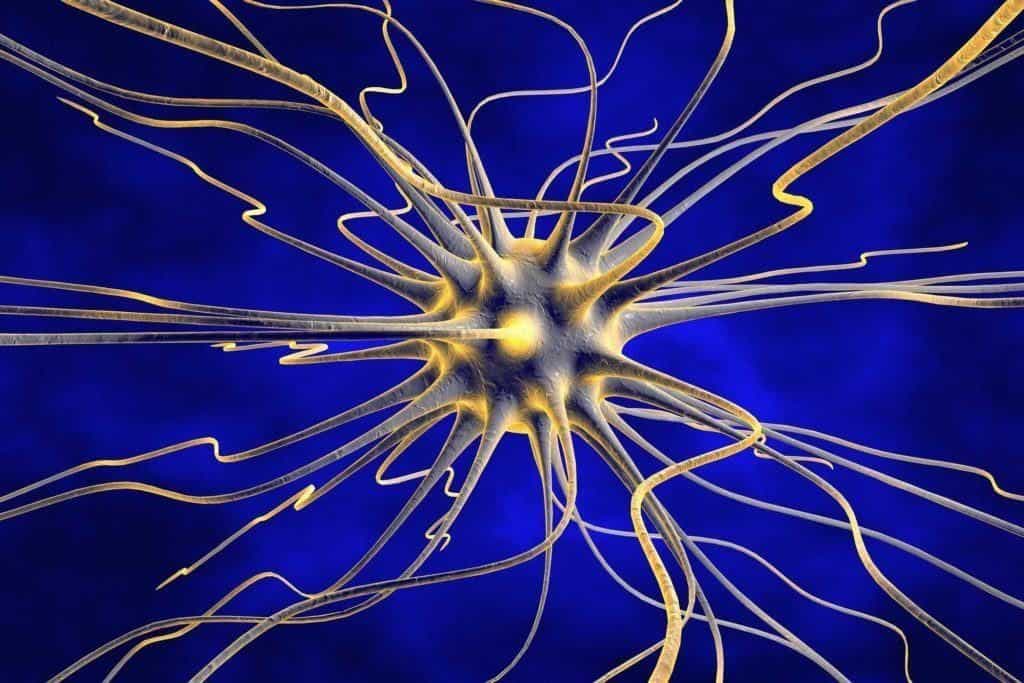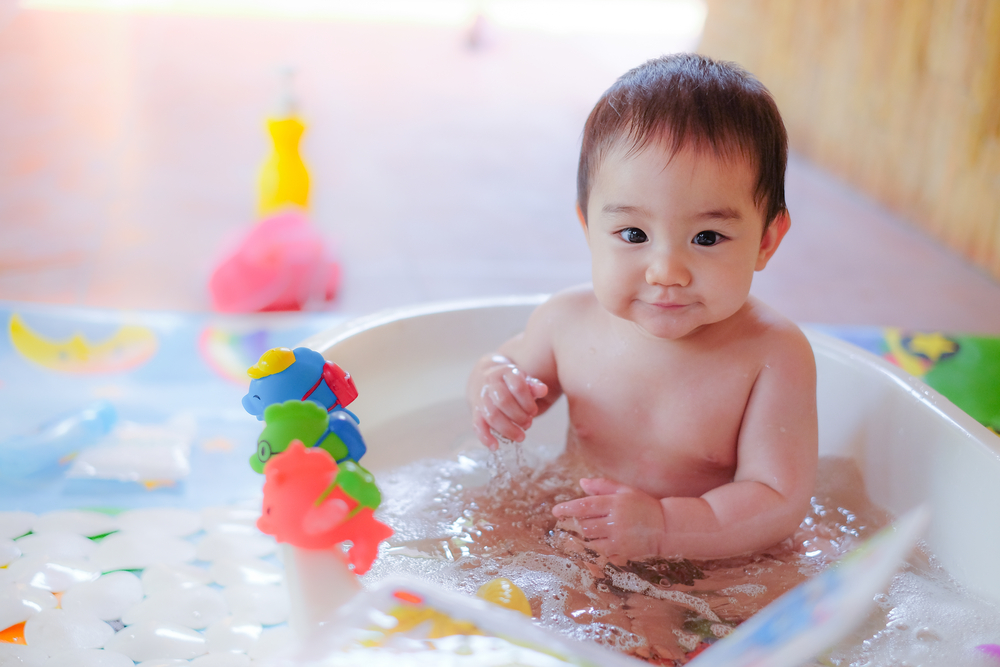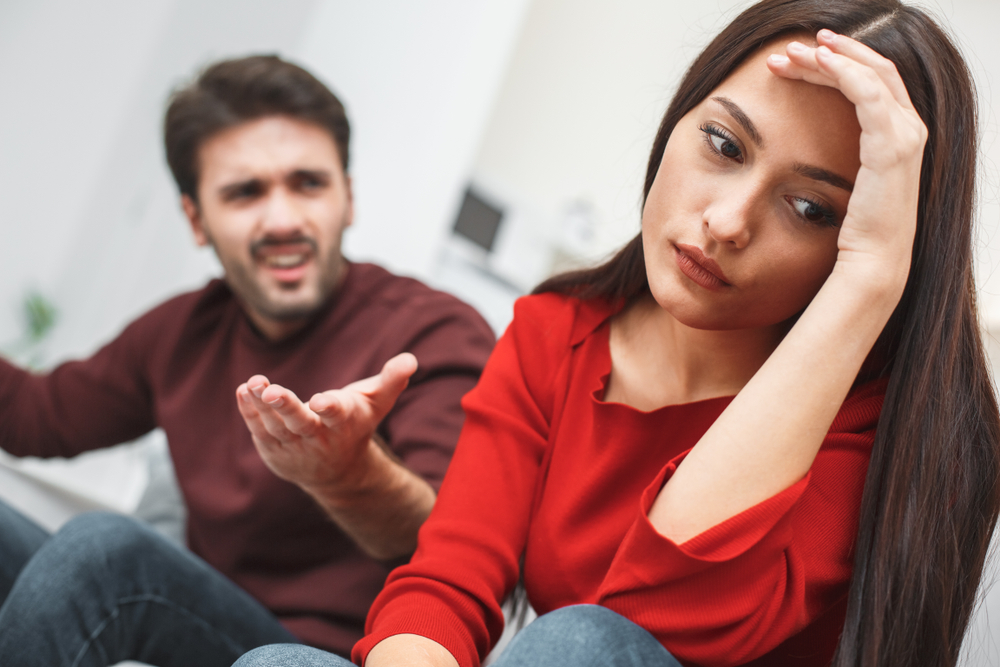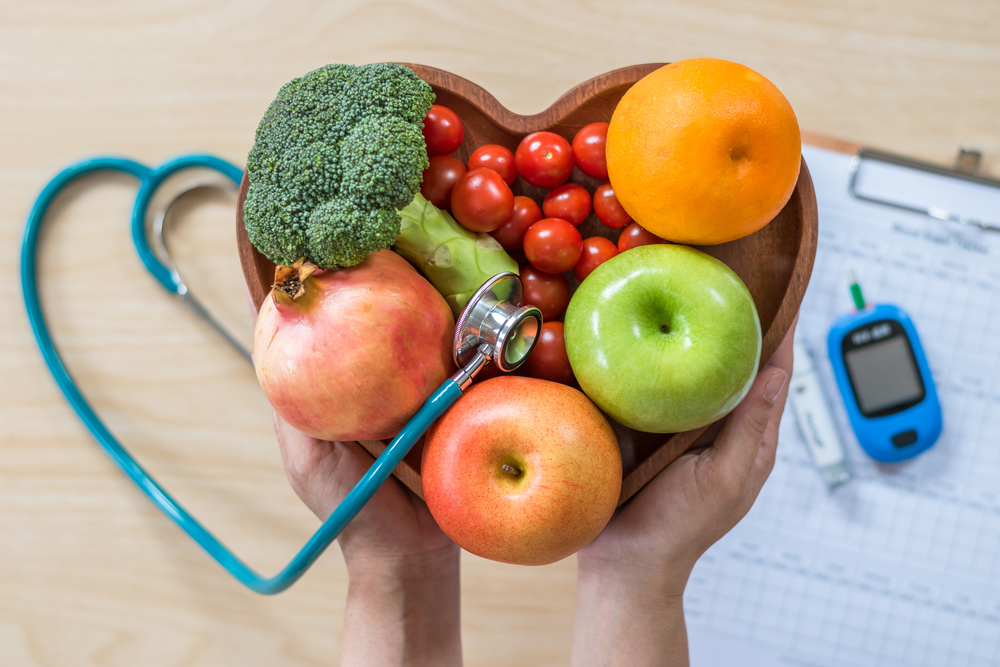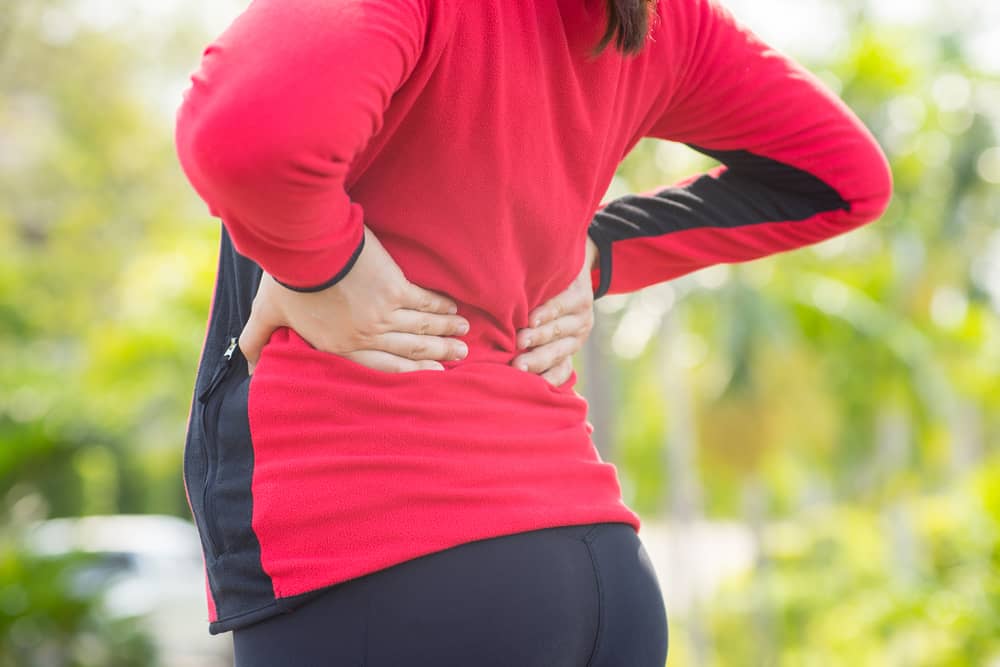Contents:
Medical Video: Anemia symptoms and treatments - Signs of being anemic
Anemia means that blood does not have enough red blood cells. These cells carry oxygen from the lungs throughout the body. There are many types of anemia, and iron deficiency anemia is one of the most common, this condition occurs when the body does not have enough iron to make red blood cells.
What is the connection between iron and red blood cells? Inside each red blood cell there is a protein called hemoglobin that carries oxygen to every cell in your body. Oxygen is an important source of energy for every cell.
Iron is part of hemoglobin. Most of the iron in the body is in hemoglobin (and similar proteins in the muscle called myoglobin).
Iron enters our body from food and leaves the body especially when we bleed. Bleeding causes loss of red blood cells and a lot of iron. That's why teenage girls are very susceptible to iron deficiency anemia: they have started to have monthly menstrual bleeding. Every month they lose blood and iron. If a young woman does not eat enough iron-rich food, she will gradually experience iron deficiency.
Symptoms of iron deficiency anemia are usually not clear except for severe or long-lasting problems. If that happens, symptoms may include pale skin, fatigue, dizziness, light head, headache or ringing in the ears. This condition is diagnosed by a blood test.
Iron deficiency anemia is usually treated with iron supplements, taken for several months. The doctor will do a further blood test to make sure anemia has gone away or at least improved.
Iron is best absorbed when given between meals. Take iron supplements in the middle of the morning, between breakfast and lunch, or in the afternoon, between lunch and dinner.
Vitamin C makes it easier for the body to absorb iron. But calcium makes it more difficult, these supplements should not be taken with milk. This supplement might work well if taken with foods or drinks that are high in vitamin C such as fruits, vegetables and orange juice.
Do not take iron supplements more than the recommended dosage, because high doses can be dangerous. Some people are susceptible to experiencing excess iron.
You should also try to increase the amount of iron-rich foods in your diet. These foods include:
- lean meat, poultry and fish
- iron-fortified cereals, bread and pasta
- dried fruits (apricots, raisins, plums)
- green leafy vegetables (spinach, collard greens, kale)
- whole grains (brown rice, wheat, bran muffins)
- beans, peas and beans
- egg
Teenage girls who have started menstruating can help prevent iron deficiency anemia by taking a multivitamin with iron. The daily recommendation for iron consumption is eight milligrams (mg) per day for women aged 9 to 13 years and 15 mg per day for women aged 14 to 18 years.
Iron deficiency in adolescent girls is common, easy to diagnose and easy to treat.

